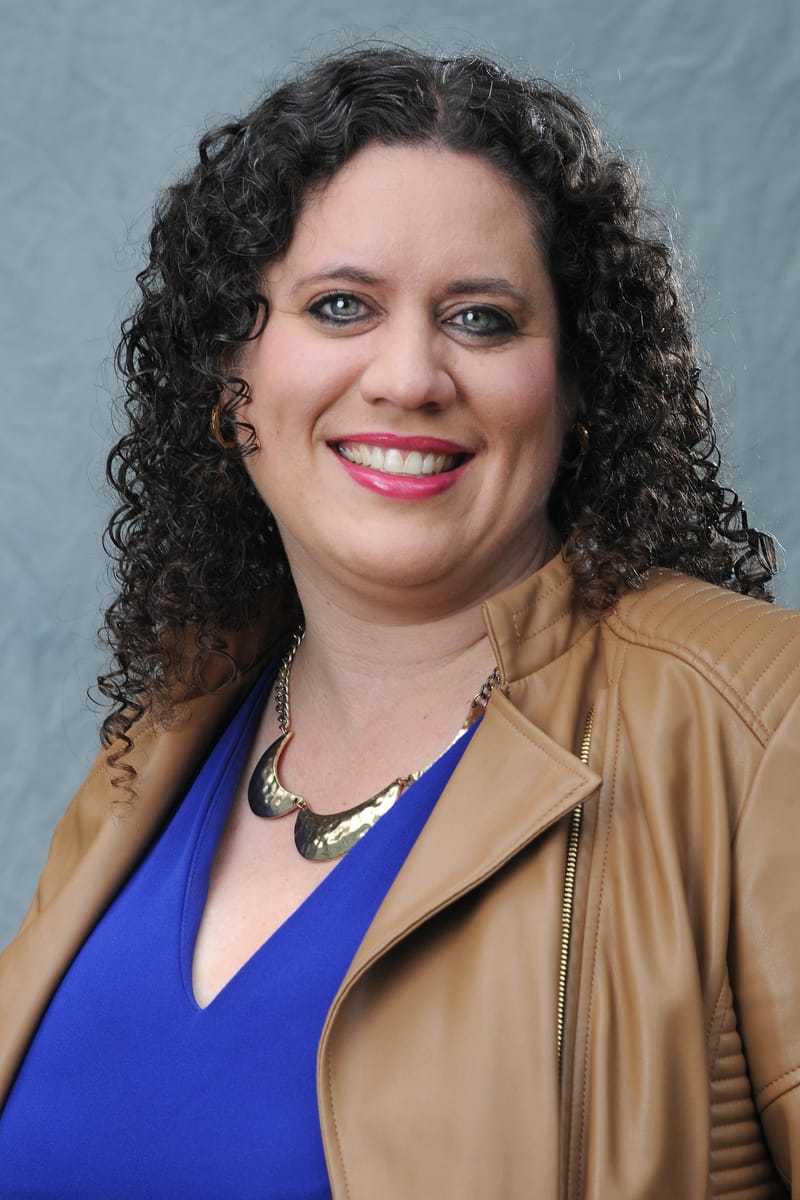Women don’t choose lower-paying jobs. Wages drop when they enter the industry

The gender wage gap in the U.S. is among the worst, and in some states, it’s worse than others. Photo: via Unsplash
What you probably already know: The gender wage gap — the difference in median pay between women and men — in the U.S. is among the worst of all high-economy countries. Men earn 17% more than women in the U.S. compared to 11.1% in Brazil, 7.2% in Sweden and only 1.2% in Belgium, according to the Organisation for Economic Co-Operation and Development. But inside the U.S. the gap ranges wildly from state to state. Utah is worst at $20,649 a year, followed by Washington state and then Colorado. In Vermont, by comparison, it’s only $6,829.
Why? There are a variety of reasons for the wage gap. Countries and states with better support for parents and caregivers, for example, tend to have smaller wage gaps. But the numbers can also be skewed by what’s called occupational segregation. Basically, women get pushed into lower-paying jobs, or, as more women move into an industry, wages drop. For instance, in Washington state there are only three women CEOs of public companies and 13 of the 52 public company CFOs are female, but of the 10 that have chief human resource officers, eight of them are women. CHROs make on average about $100,000 a year less than CFOs.
What it means: You’ve probably heard the argument that women just choose lower-paying careers, like teachers and care workers. Well, a Cornell study found that when an industry shifts from predominantly men to women, wages drop. When more women went into biology, for example, between 1950 and 2000, wages fell 18%. When women became graphic designers, wages fell 34%.
What happens now? In Washington state, there’s a group working to close the gap. The Washington State Women’s Commission this week launched Activate 3.8 aimed at bringing government, business, academia and labor stakeholders together to close the gap. The Center for American Progress recommends the federal government pass the Paycheck Fairness Act, increase the federal minimum wage, and invest in programs that prepare women for high-paid occupations. Another good place to start: Passing the Equal Rights Amendment, which would enshrine gender equity in the U.S. Constitution. All the necessary states have ratified it. We just need Congress to eliminate the seven-year deadline that was originally included and there’s already legislation in place to do that.
Check out the Formidable Podcast — informational interviews with women leaders on news-driven topics, spotlighting timely and thought-provoking issues facing our world.
Listen on Spotify or Apple Podcasts.

